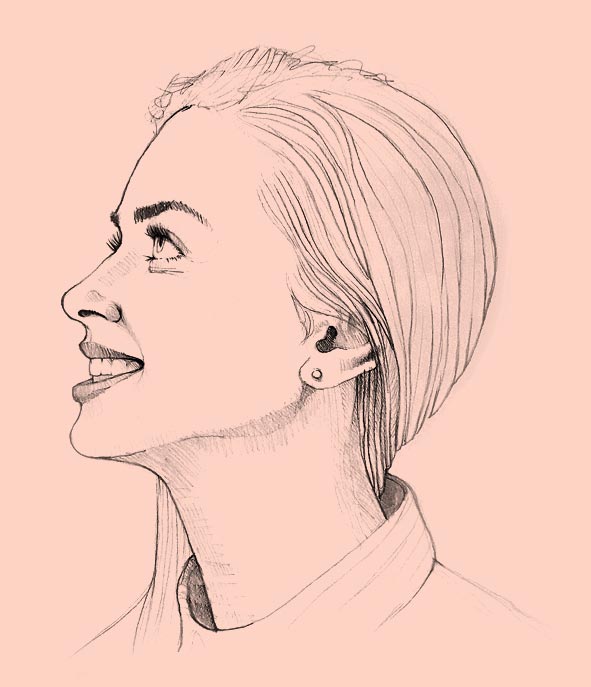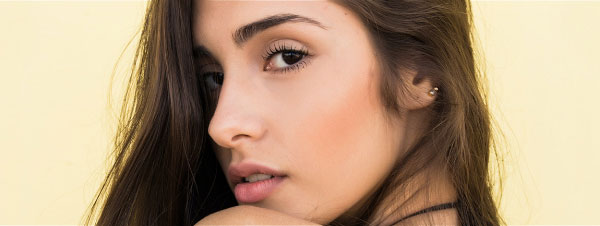
What is ultrasonic rhinoplasty?
Ultrasonic rhinoplasty is a surgical procedure that corrects nasal deformities by modifying the shape of the nose, resulting in improved facial balance and harmony. It is one of the most common procedures performed by plastic surgeons.
Changes in the shape of the nose are one of the aesthetic causes that cause the most concern about one's appearance and sometimes even psychological disorders. The nose develops late, usually coinciding with the onset of adolescence, a time when accepting a cosmetic problem is more difficult to come to terms with.
The nose is a respiratory organ whose function is of great importance. The surgeon must bear both concepts in mind at all times, the functional and the aesthetic, and consider them as inseparable. If there is breathing difficulty, it can be treated during the same surgical procedure by means of rhinoseptoplasty.
Book an appointment
CLÍNICA PLANAS' DATA PROTECTION INFORMATION CLICK HERE
Purposes: To respond to your requests and to send you commercial information about our products and services, including via electronic means. Rights: At any time, you can withdraw your consent, access, rectify, delete your data and exercise other rights at doctor@clinicaplanas.com. Additional Information: Privacy Policy.

Benefits of Ultrasonic Rhinoplasty
The result of an ultrasonic rhinoplasty is a satisfied and grateful patient who quickly adapts to their new image and, in turn, increases their level of confidence and self-esteem.
- A harmonious nose rejuvenates the face.
- It enhances your facial expressions.
- It has a completely natural-looking result.
There are also significant differences between ultrasonic rhinoplasty and conventional rhinoplasty:
- Smoother post-operative recovery. Ultrasonic rhinoplasty reduces bleeding and causes no pain, only slight discomfort which, in most cases, does not even require painkillers. Plugs are not used in most cases.
- Greater precision that translates into better results.
- Minimally invasive technique.

Price of ultrasonic rhinoplasty
The price of an ultrasonic rhinoplasty can be determined by considering various factors:
- Is it an open or closed rhinoplasty?
- Is it a primary or secondary rhinoplasty?
- Is there any need for autologous cartilage grafts?
- And, of course, any specific needs of the patient.
These are a few of the factors that affect the price of ultrasonic rhinoplasty. However, we can give an indicative price for this surgery.
Ultrasonic rhinoplasty in Barcelona with all the guarantees of being a patient at Clínica Planas starting at €7,500. This price includes:
- Complete preoperative care
- Specialist anaesthetist
- Our proprietary operating theatres
- Inpatient
- Nursing
- 24-hour post-treatment service.
Ultrasonic Rhinoplasty Before and After
Here are some before and after cases of ultrasonic rhinoplasty. These images contain different examples of the results of this surgery. However, every patient is unique, which is why we offer a free initial consultation with an expert surgeon.
Ultrasonic rhinoplasty testimonials
At Clínica Planas, we know that there is no better advertising than the opinions and feedback of our patients. Here you can see testimonials about ultrasonic rhinoplasty, experiences of people who decided to trust us with this important decision. These are their stories.
Preoperative
Similar to all medical interventions, it is essential to undergo a medical examination beforehand to detect any possible abnormalities that could contraindicate surgery. The skin of the nose area must be clear of any inflammatory conditions or infections, and, naturally, you should take care to avoid any flu or cold symptoms that cause nasal congestion.
If you have breathing difficulties, the ENT specialist will assess the patient to prescribe the appropriate treatment to improve function.
Ultrasonic rhinoplasty postoperative care
At the end of the operation, the patient will leave the operating theatre with a splint covering his/her nose. In the first few days, swelling and bruising may occur in the surrounding areas, particularly on the eyelids. The plastic splint covering the nose is removed on the sixth day.
We use a technique known as ultrasonic rhinoplasty at Clínica Planas, so there is no need for these plugs. However, if in any specific case the surgeon has to insert plugs, they will be removed after 3 days.
|
The postoperative period following rhinoplasty is not painful at all, and painkillers are not usually required. If you feel like sneezing, do so with your mouth open, letting the air out freely. By the time the splint is removed, the swelling and bruising will have disappeared and the nose will be in sufficiently good condition for the patient to resume their normal life. However, the final aesthetic appearance will need to undergo a process that will take at least six months. It is a slow and gradual evolution that may even go unnoticed. However, it is important to emphasise its great importance for the final result. |

|
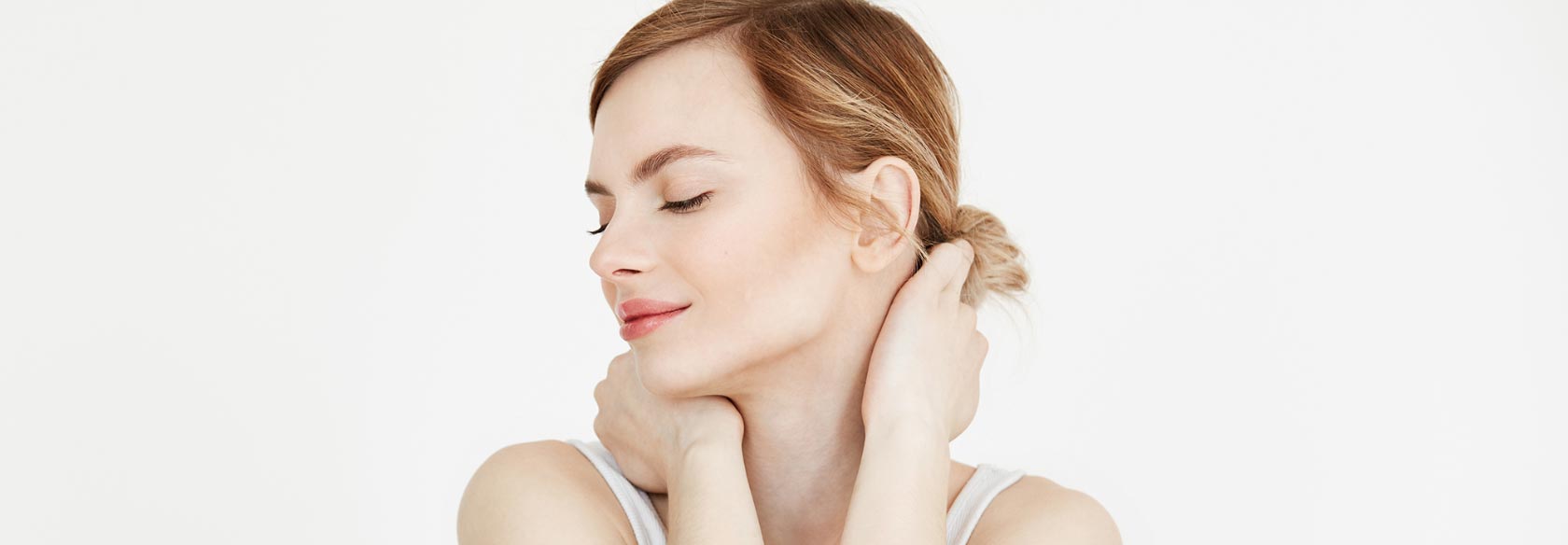
F.A.Q.
-
Is ultrasonic rhinoplasty painful?
Not at all. Painkillers are generally not required.
-
Will I be able to sunbathe after the procedure?
Sun exposure should be avoided during the first month after surgery. The area that needs the most protection from the sun is the lower eyelids, as it could leave a dark spot on the skin that would take a long time to disappear.
-
Can I wear glasses?
Although it is not visible, the swelling caused by the operation persists for a long time. This is noticeable when wearing glasses because they leave a mark on the bridge of the nose. There is no contraindication, but it is recommended not to wear them continuously during the first month after surgery.
-
Can I have cosmetic and functional surgery in the same operation?
An ENT specialist will examine patients with breathing difficulties, diagnose the problem and prescribe the appropriate treatment to restore full respiratory function. If surgery is required to improve function (whether septoplasty or turbinate surgery), the ENT specialist will perform the surgery at the same time as the plastic surgeon performs the cosmetic rhinoplasty.
-
What is the minimum age for undergoing ultrasonic rhinoplasty?
When the ossification process of the facial bones is complete, usually between the ages of 15 and 17. However, it is always best to wait until you are of legal age before making the decision to have surgery.
-
What are the risks involved in the operation?
The possibility of complications in this type of procedure is very rare. There may be infection or more bleeding than usual, an abnormal reaction to the anaesthetic, or small veins may appear on the skin of the nose, which are usually temporary (very rare complications, but which can occur in any surgical procedure).
-
Will I be able to breathe through my nose?
In practically all cases, as no plugs are used, the patient can breathe through the nose from the outset, although this may be somewhat difficult at first due to the inevitable post-surgical inflammation.
-
When will the final results of ultrasonic rhinoplasty be visible?
When the splint is removed after 6 days, the nose will be correctly shaped and attractive enough to allow you to lead a completely normal life. The final result, in terms of details, will take longer, usually around six months.
-
Can I have ultrasonic rhinoplasty in Barcelona if I live somewhere else?
Of course, at Clínica Planas we offer the possibility of consulting with the surgeon online. You will only need to travel to Barcelona for the surgery and post-operative check-ups.
-
What is included in the price of ultrasonic rhinoplasty?
After the initial complimentary consultation with the surgeon, we can provide each patient with a personalised quote. This price for an ultrasonic rhinoplasty includes:
- Complete pre-operative care
- Specialist anaesthetist
- Our proprietary operating theatres
- Inpatient
- Nursing
Expert opinion

In ultrasonic rhinoplasty, we use an ultrasound device that provides exceptional precision and allows us to file and reshape the nasal bones without damaging the soft tissues or blood vessels. This results in less bleeding, fewer bruises, and, consequently, a more comfortable postoperative recovery for the patient.
Related treatments
-

Rhinoplasty
Rhinoplasty is a surgical procedure designed to correct nasal deformities in order to improve facial balance and harmony. -
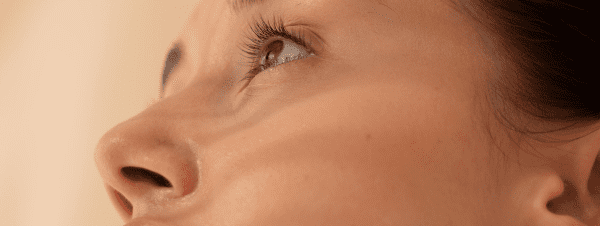
Secondary Rhinoplasty
Secondary rhinoplasty is a surgical procedure that corrects aesthetic and functional problems following a previous rhinoplasty. Find out more now. -
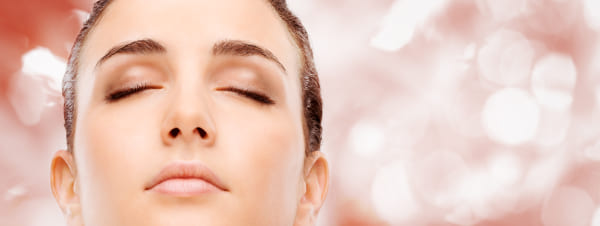
Preservation rhinoplasty
Preservation rhinoplasty focuses on preserving as much of the natural nasal structures as possible.
Related articles
-
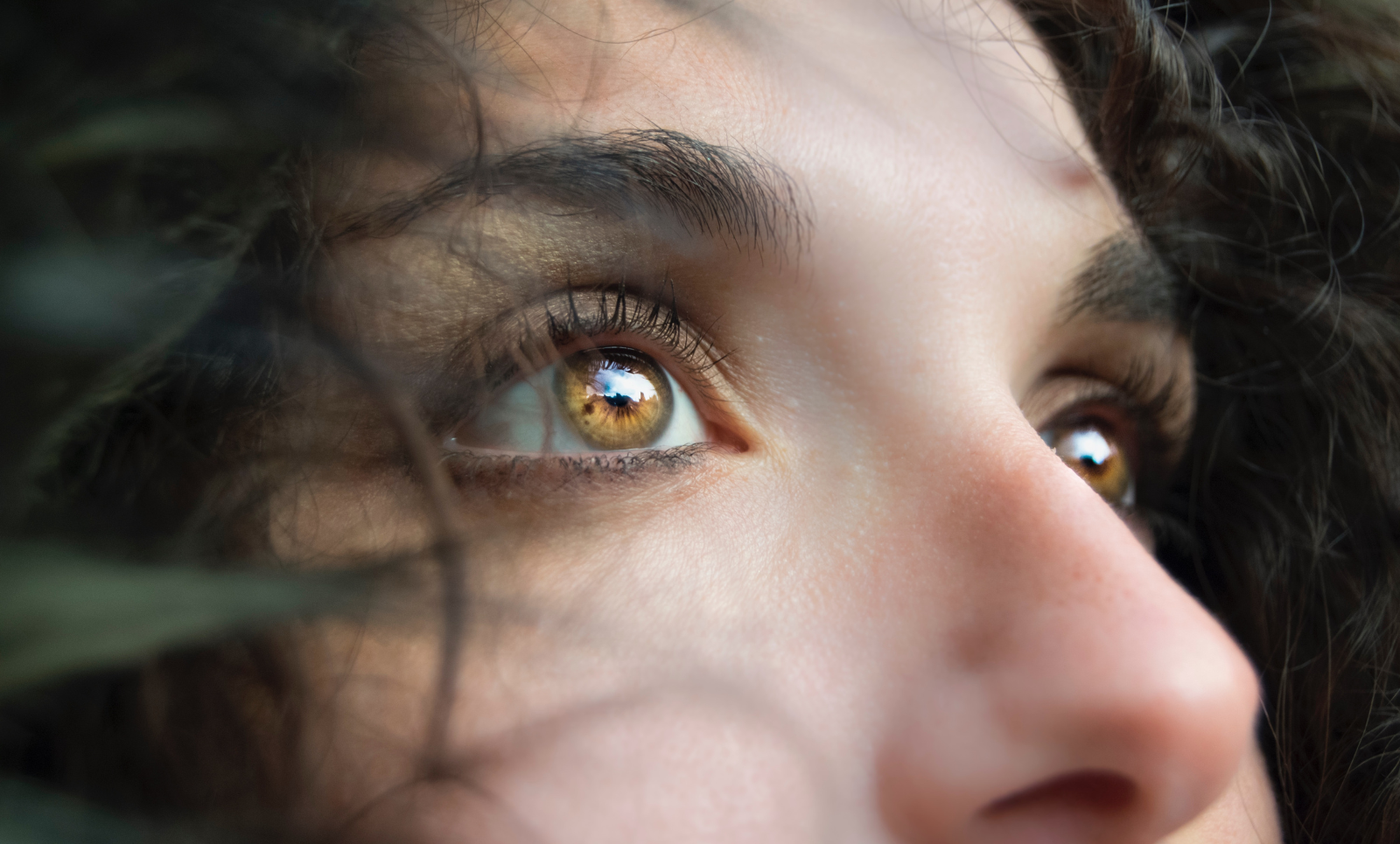
Postoperatorio de una rinoplastia: cuidados y recuperación
El postoperatorio de una rinoplastia requiere observar una serie de cuidados para favorecer la recuperación y evitar problemas. Te los contamos. -

Rinoplastia ultrasónica: qué es, operación y postoperatorio
Conoce qué es la rinoplastia ultrasónica, en qué consiste su operación y cómo es el postoperatorio de esta revolucionaria intervención de nariz. -
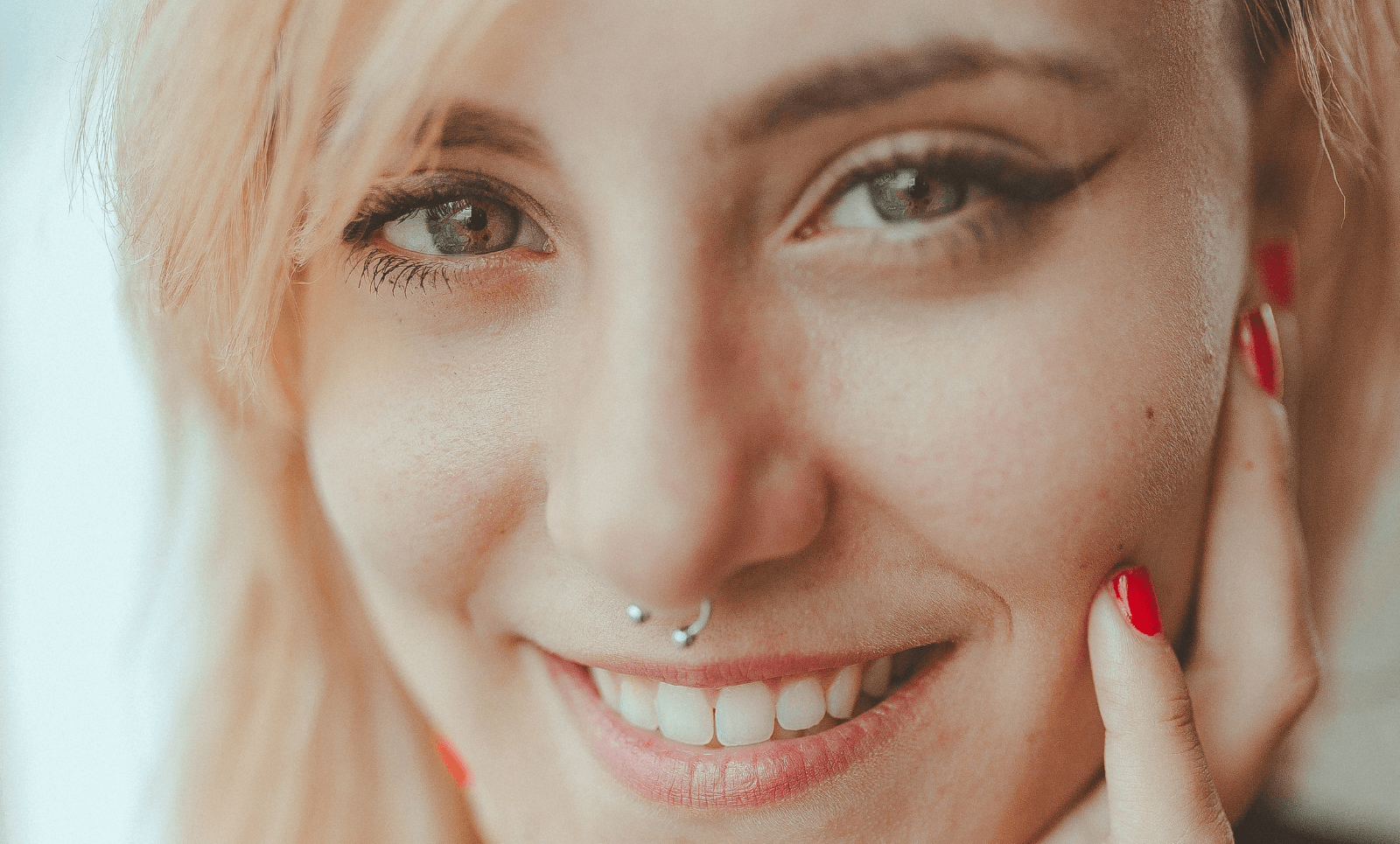
Nariz aguileña: cómo es, procedimientos y recuperación
La nariz aguileña es una nariz con una marcada curva en el dorso nasal, semejante a la de un águila. Descubre cómo corregirla.
